Although it is Japan's third-largest island by size, Kyushu is all too often overlooked or left out of itineraries.
This is a major oversight.
This balmy southern island offers plenty of variety in a compact area, meaning even the shortest of well-planned visits provides ample opportunity to sample some of Japan's natural highlights.
Discover Kyushu - Travel Guide
by Rob Dyer
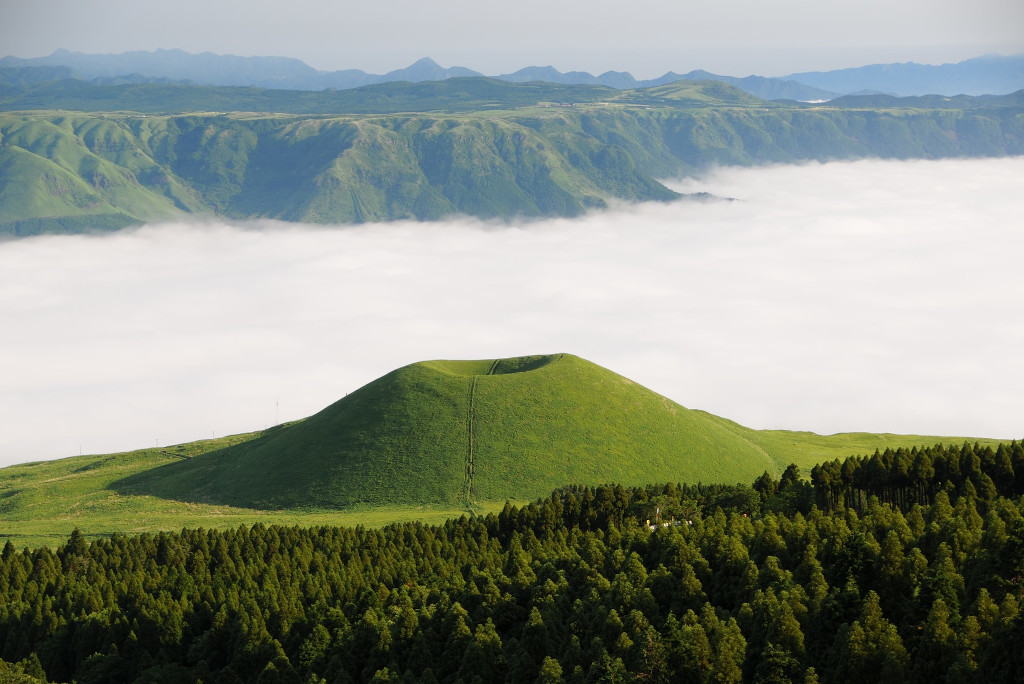
Aso is a stunning volcanic caldera within the Aso-Kuju National Park
Where is Kyushu?
Kyushu, the southernmost and third largest of Japan's four main islands, is located between the East China Sea to the west and the Pacific Ocean to the east. It sits just below the largest island Honshu, next to Shikoku and above Okinawa.
Location Map
Introducing Kyushu
Kyushu takes its name from the nine kuni, or ancient provinces of the island, that make up its present-day districts.
It has all the natural beauty of Japan: mountains, river valleys, and forests. The more rugged interior terrain offers a variety of great hiking opportunities and abundant wildlife.
Spring is a great time to explore the island's mountains, rivers and coastlines. Autumn is ideal for going to those places that have high humidity in the shade of dense tropical foliage somewhere like Yakushima.
SEE ALSO: The Best Time to Visit Japan - All You Need To Know
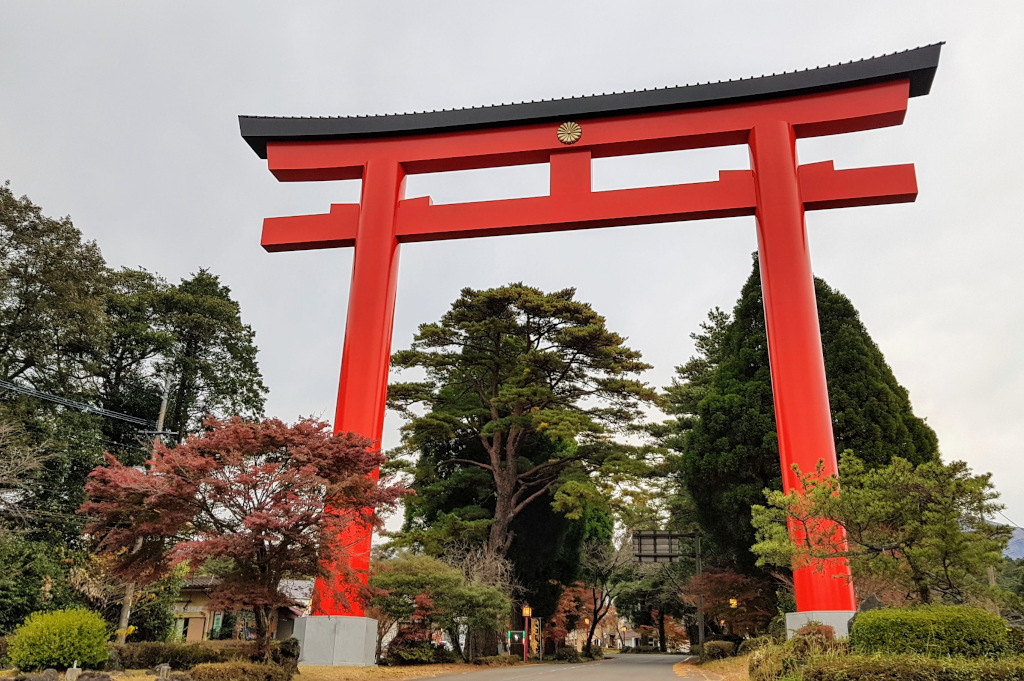
Kirishima Jingu Shrine, Kirishima, Kagoshima Prefecture
The climate in Kyushu
Kyushu's climate is mainly subtropical, with rainy summers and dry winters.
The climate in the southern third of Kyushu is typically subtropical, featuring a warm humid summer and a cold dry winter. In this region, both summer and winter temperatures vary considerably depending on location.
CURRENT WEATHER
When to visit Kyushu
For many, the best time of year to visit Kyushu will be springtime, when the cherry blossom trees are in full bloom and the weather is pleasantly warm. Autumn comes with a host of autumnal festivals throughout the season. You can enjoy autumnal foliage from late October to mid-November.
If you are interested in visiting during peak cherry blossom viewing season, the last week of March to the first week of April would be the best time to visit the region.
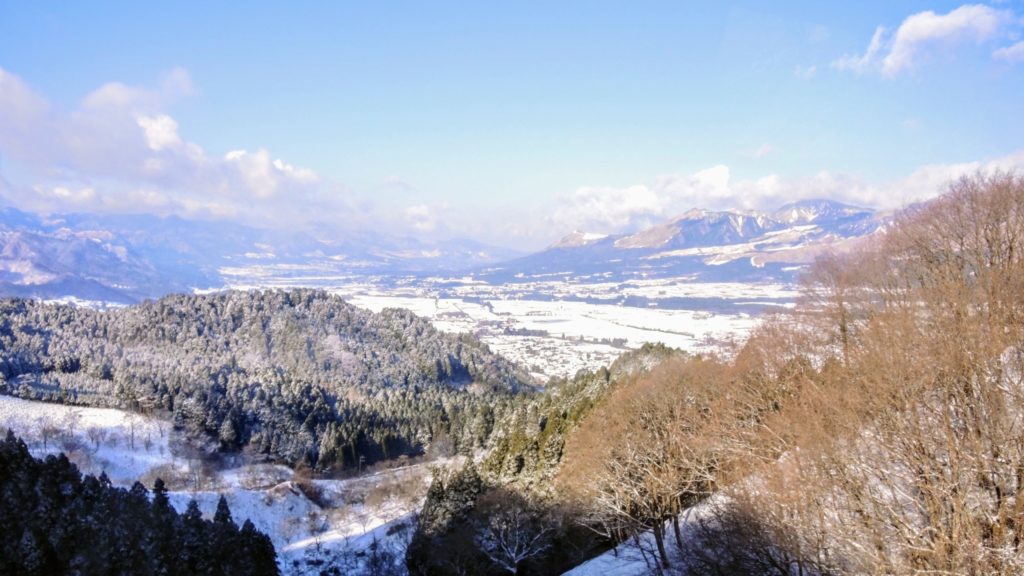
Aso-Kuju National Park in winter
Kyushu's warm climate also makes winter a great option. During winter, while snowfall covers the tops of many of Kyushu's mountains, the rest of the island is still warm and inviting. (I've been able to wear T-shirts during the daytime during winter, and I'm generally a chilly mortal!)
For sun-lovers, between May and September are some of the hottest months of the year, while January and February are perhaps the most chilly - so pack accordingly.
How to get around Kyushu
There are many ways to get around Kyushu, but it really depends on the type of travel you’re doing. If you want to explore the countryside and stay at small ryokan, then a car is a good way to go, but it’s not the only option.
You could also travel by bus and train (which is what I usually do). The biggest drawback is that, in the heart of the island, there aren’t many train lines that will get you from one side of the island to the other.
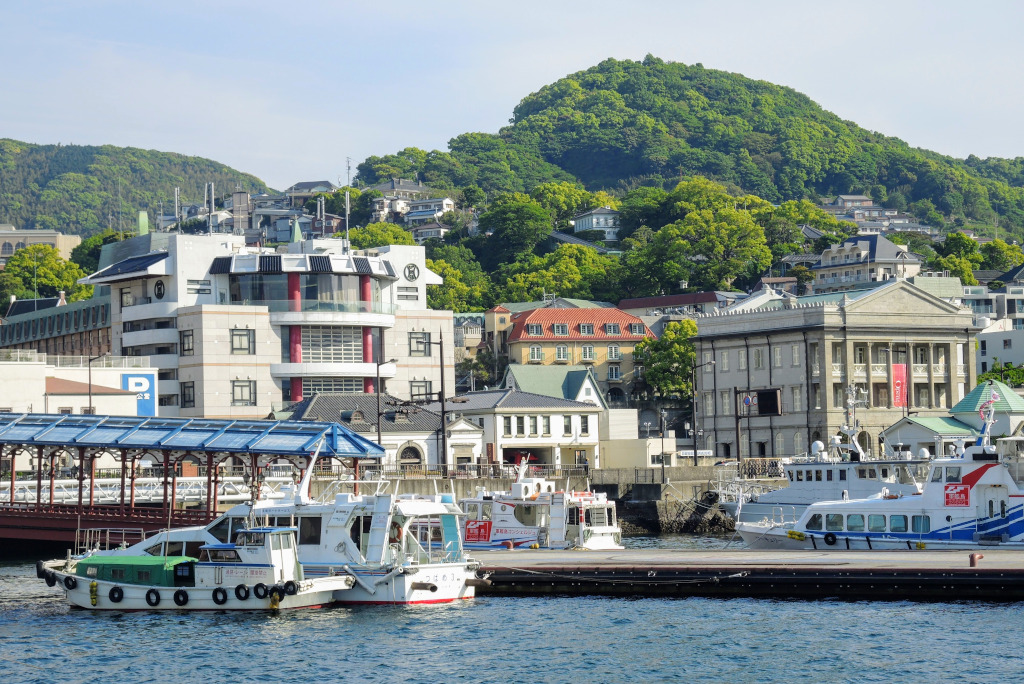
One of the jetties at Nagasaki harbour
The northern half of the island (where you'll find main destinations including Nagasaki, Fukuoka, Kumamoto, Saga and Oita) is the best served, with shinkansen, JR and other private lines all cross-crossing the area. These connect with services running along the western, southern and eastern coastlines.
So, with a little pre-planning, it is easy to circle the entire island by rail.
If you don't want to hire a car, or (like my wife and I) don't drive, taxis can be a great solution, especially in more rural or remote areas. You can hire them for a set amount of hours for a fixed fee (they'll never attempt to overcharge you), and some drivers are happy to act as local tour guides.
VIDEO: Beautiful Island Kyushu
Highlights of Kyushu
Kyushu offers a lot of variety in a relatively compact area. If you want some specific suggestions for a Kyushu itinerary read this post. Otherwise, here's some detail on a few of the highlights the island has to offer...
Fukuoka: A capital city famous for street food
Fukuoka is the capital city of the island and it's here that the shinkansen lines arrive when you're coming from Honshu. If you're looking for a convenient place to base yourself, then Fukuoka is a great place to start.
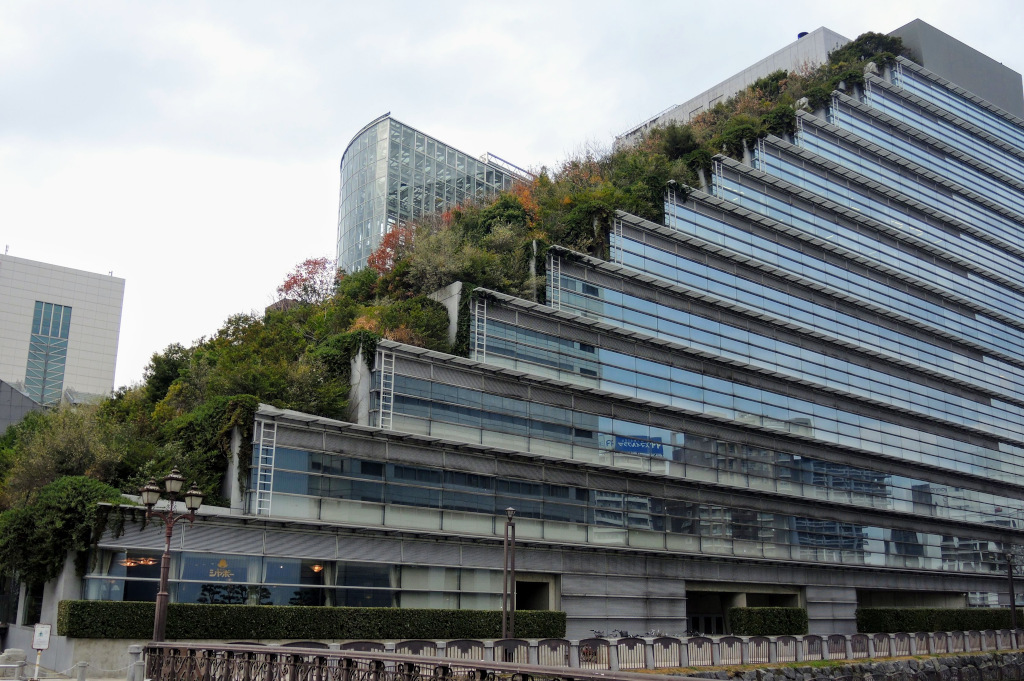
The pyramid style ACROS building, Fukuoka
Fukuoka's Hakata Ward is famous for its lively and delicious street food scene and is the home of tonkotsu ramen. It's also well known for entertainment and shopping.
The city is home to Fukuoka's international airport and the Hakata Station which serves as the main train hub for the island. I've written a post that includes some of my recommendations of things to do and places to eat in Fukuoka.
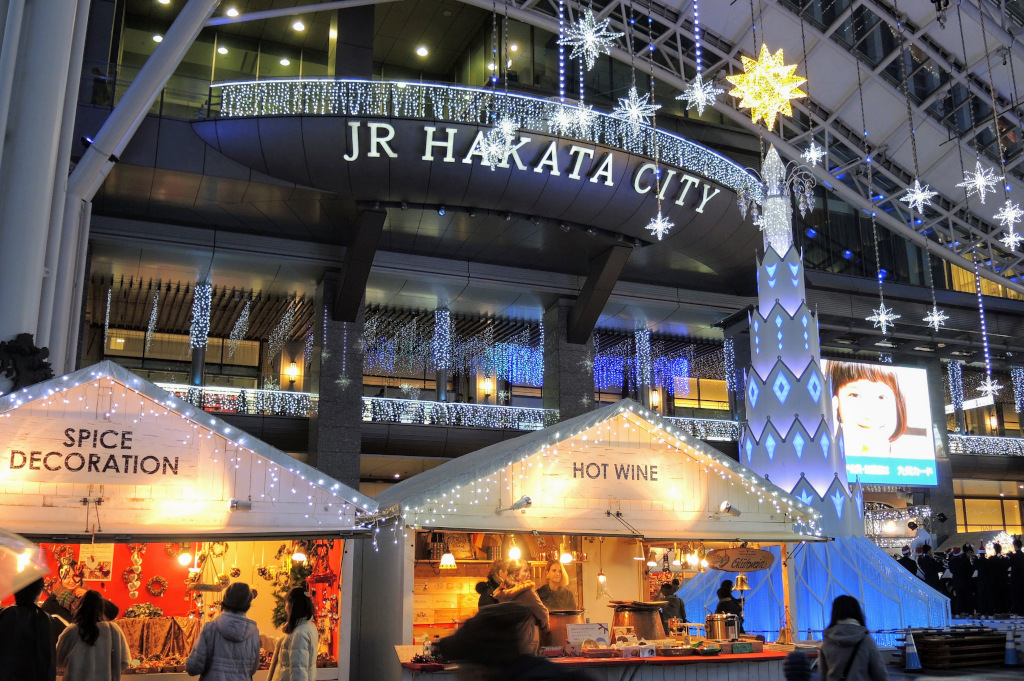
Winter market at JR Hakata City Station, Fukuoka
Every year in May, Fukuoka hosts Japan's largest Golden Week festival - the Hakata Dontaku. This colourful street parade dates back as far as 1179 and takes place over two days. It features dancing, flower floats, stage performances, and, of course, plenty of places where you can sample the local food and drink specialities.
Nagasaki: My favourite city on Kyushu
The city of Nagasaki has a distinctive character.
Although best known as only the second city in history to have an atom bomb dropped on it, this legacy does not define the city today.
Nagasaki doesn't hide its tragic history, but even if you have only a passing (or no) interest in that, there's a whole bunch of reasons why, for my money, Nagasaki is Kyushu's best city. Some say the city feels like a mix of Tokyo and Hiroshima and I kinda see that.
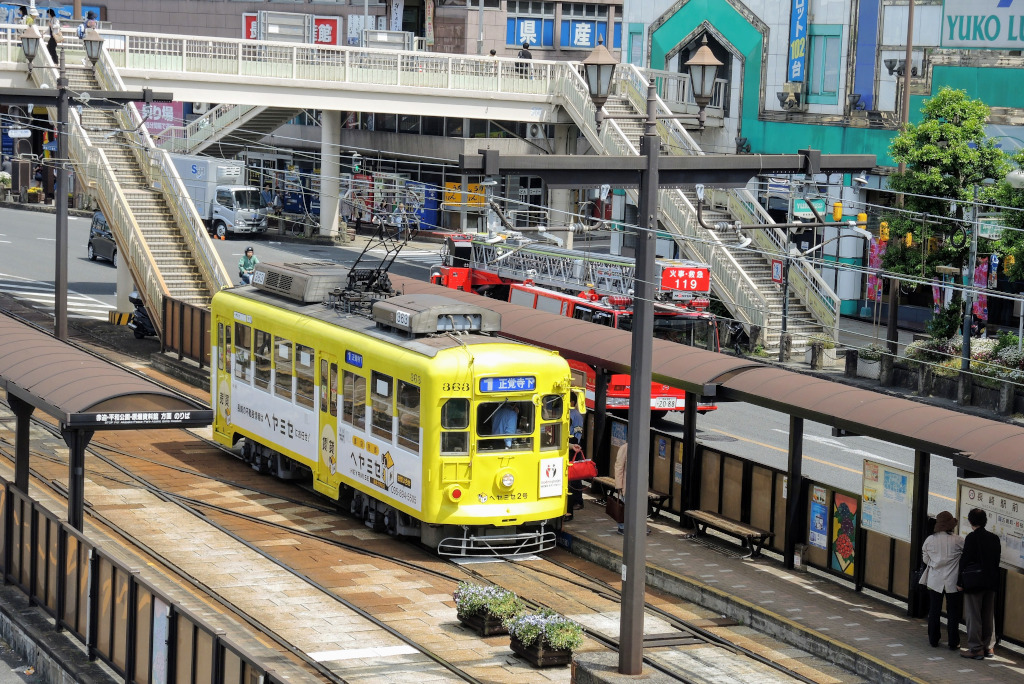
Nagasaki Electric Tramway, Nagasaki
In addition to the usual transportation options, Nagasaki's tram (streetcar) network is one of the best-known in Japan, and you can get to pretty much all the major sights the city offers using it. If this sounds like something you'll want to try during your visit, read my guide on how to ride the Nagasaki Electric Tramway.
The city has a number of outstanding sites, including the Nagasaki Atomic Bomb Museum and Nagasaki Peace Park, Glover Garden, as well as the two unexpected sights of Urakami Cathedral and the Roman Catholic Basilica of the Twenty-Six Holy Martyrs of Japan.
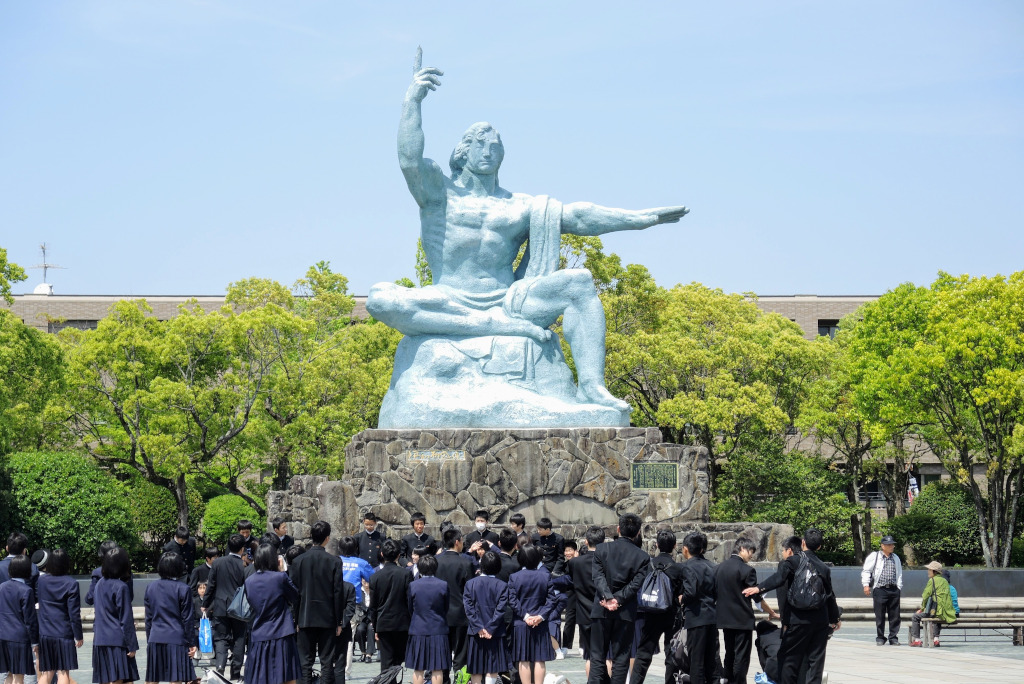
A group of schoolchildren in the Nagasaki Peace Park
One area you should not miss is the Tera-machi and Nakashima River district.
Here, more than 10 bridges cross-cross the river, connecting traditional tiny streets of machiya townhouses. It's an utterly charming collection of small traditional and independent boutique stores, cafes, restaurants, temples and shrines. The oldest stone bridge in Japan, Megane-bashi (Spectacles Bridge), is the most photographed spot.
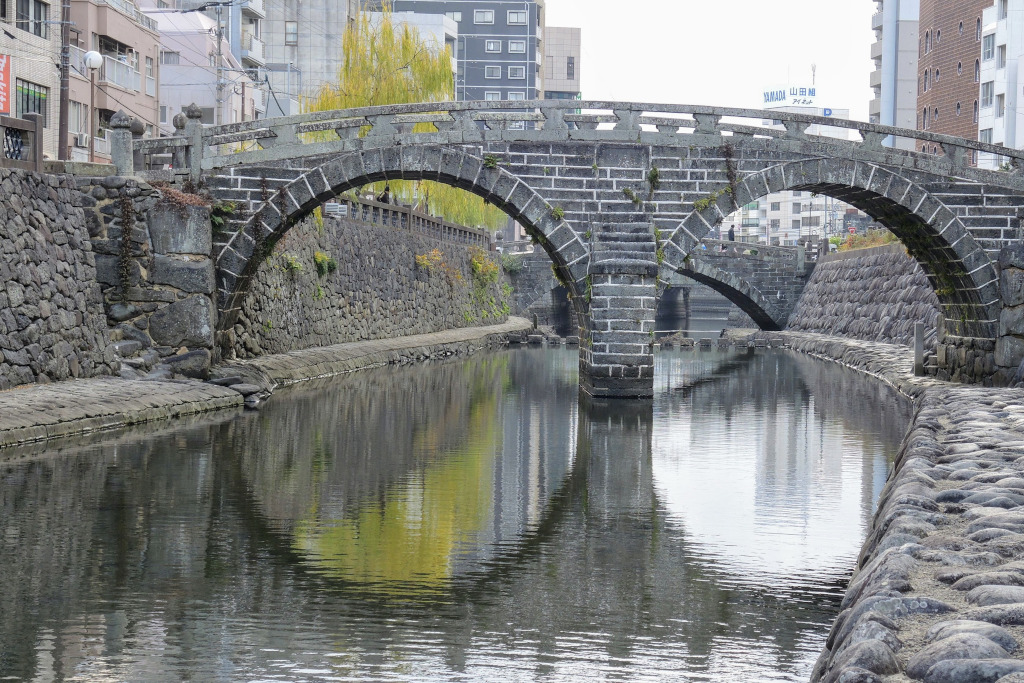
Megane-bashi (Spectacles Bridge), Nagasaki
In the evening, ride the cable car to the top of Mt. Inasa and take in one of Japan's best three night views back out over Nagasaki's natural bay.
The city is also known for its festivals, with the popular Nagasaki Lantern Festival taking place every year from January 1st to the 15th.
RELATED: 5 Days In Kyushu - Itinerary
Gunkanjima: The abandoned 'battleship' island
Nine miles off the coast of Nagasaki, its official name is actually Hashima Island, but it's better known as Gunkanjima - meaning 'battleship island'. So called, because from a distance it really does look like a battleship on the horizon.
This now abandoned island was once an active coal mine with a population living and working on the island. More recently, it has gained wider fame having been used a location in both western and Japanese films, including the James Bond film Skyfall, and the Japanese live-action production Attack on Titan.
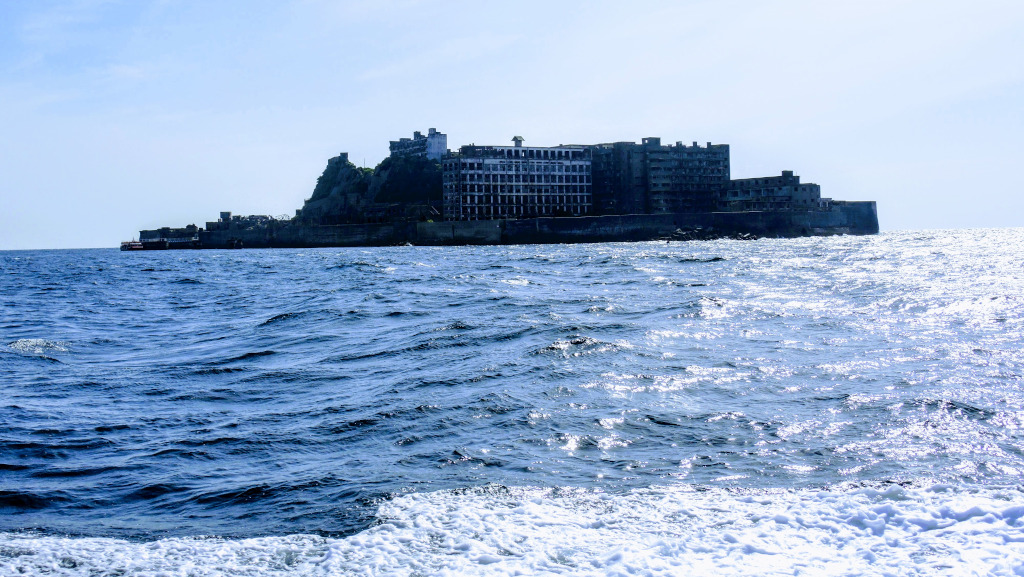
Hashima Island aka Gunkanjima ('Battleship Island'), Nagasaki
Tours of the mysterious atoll (including the round ferry trip taking about 50 minutes each way) are highly recommended, and can be booked either through Viator or Klook. Reservation in advance is recommended to secure your preferred date and time.
Kumamoto: From a mighty castle to a beautiful Japanese garden
Kumamoto Castle
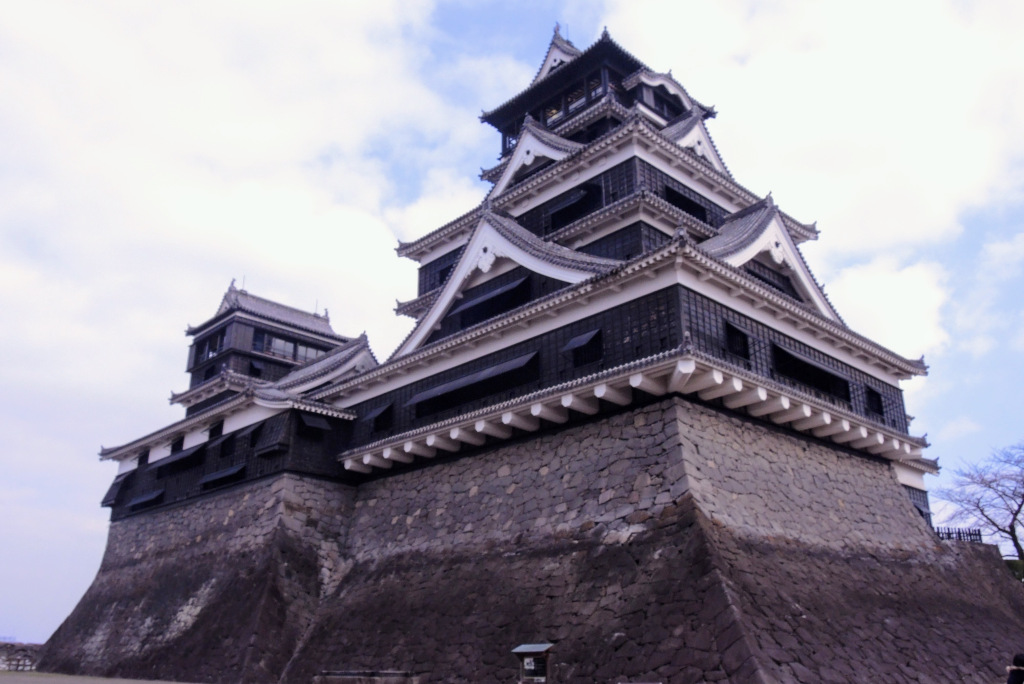
The imposing fortress of Kumamoto Castle
Halfway down Kyushu's eastern coastline is the city of Kumamoto, home to the imposing fortress of Kumamoto Castle.
It is considered to be among Japan's most impressive and is one of the 'Three Famous Castles' of Japan. The other two being Himeji Castle in Hyogo Prefecture and Matsumoto Castle in Nagano Prefecture.
With the original construction dating back to the early 1600s, the castle's immense and steep ramparts made it notoriously difficult to break into. Its defenses were designed specifically to dissuade ninjas from attempting to penetrate the fortifications.
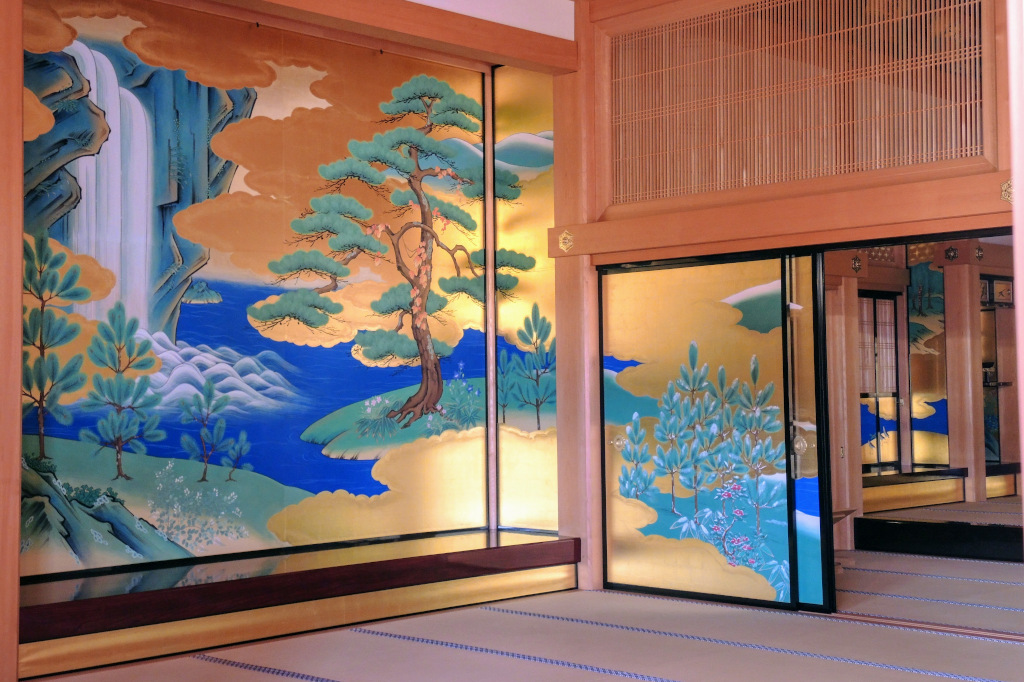
Spectacular interior of Honmaru Goten Palace, Kumamoto Castle
In contrast to the brutal construction, the dazzlingly ornate painting of Japanese landscapes in the interior of the reconstructed Honmaru Goten Palace are stunning.
The castle was badly damaged during a 2016 earthquake, but some original buildings managed to survive, and in June 2021 the interior of the castle's main keep was reopened to the public. A programme of repairs remains ongoing. However, don't let that put you off seeing this fine example of a Japanese castle.
Suizenji Jojuen Garden
For something altogether more gentle be sure to visit Suizenji Jojuen Garden.
Designed as a retreat for making and drinking Japanese tea, it opened in the 17th Century, constructed over 80 years by the third Lord of Hosokawa.
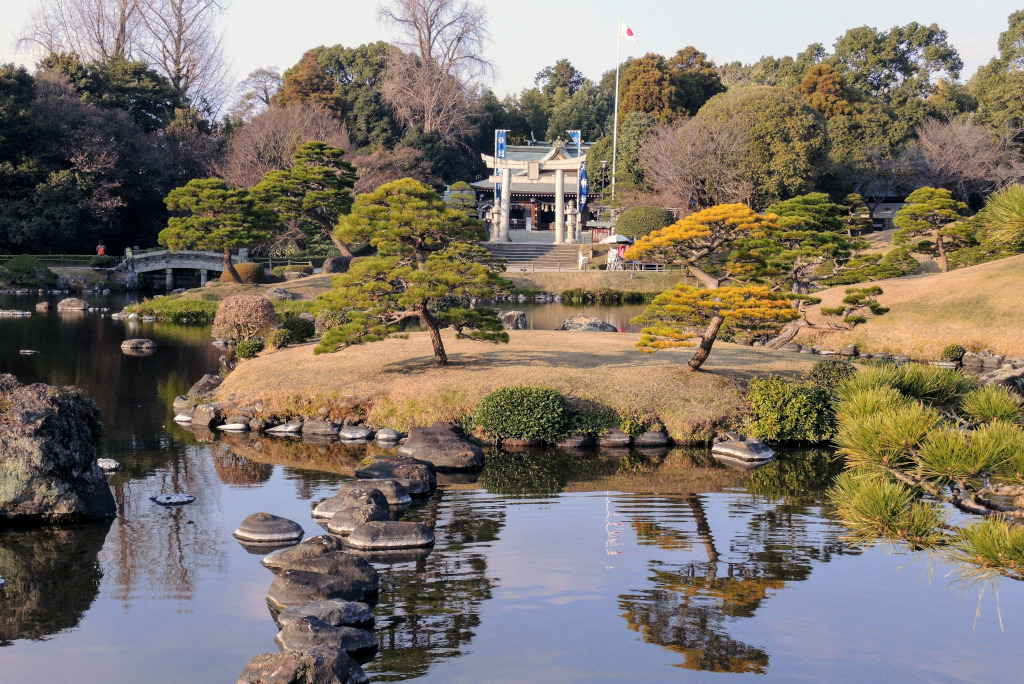
Suizenji Jojuen Garden in Kumamoto represents the Fifty-Three Stations of the ancient Tokaido Road
Its gently rolling Momoyama style landscape represents the Fifty-Three Stations of the Tokaido Road, and includes a grass-covered recreation of Mt. Fuji. The garden is laid out around a central lake and a walking route around the garden takes around 20 minutes.
But you can comfortably spend longer here if you take the time to pause and view the various shrines, statues, bridges, fountains, and planting.
Other buildings to look out for include the Kokindenju Room, where traditional waka poetry was read, the Izumi Shinto Shrine and a Noh theatre staging seasonal performances during the spring and autumn.
Aso - A stunning volcanic caldera

The landscapes within Aso are breathtaking
Aso is a stunning volcanic caldera, within the Aso-Kuju National Park, right in the heart of Kyushu Island.
Aso is a great area for hiking and trekking, with free route maps available from local tourist information offices. For those with a head for heights, Aso-san Ropeway is the world's first ropeway over an active volcano.
Take a cable car up to Mt. Aso and then walk down its sprawling slopes for incredible views over the Kyushu plains. Just be aware that the volcano is still active and access to the caldera can be restricted with short notice. This has happened to me once, so it's a good idea to have contingency plans, just in case.
Pro Tip: transportation in Aso is patchy. It's best to check public transport timetables in advance but, as with pretty much all of Japan, at major train stations local taxis can be hired and conveniently used for sightseeing.
Takachiho Gorge, Miyazaki Prefecture
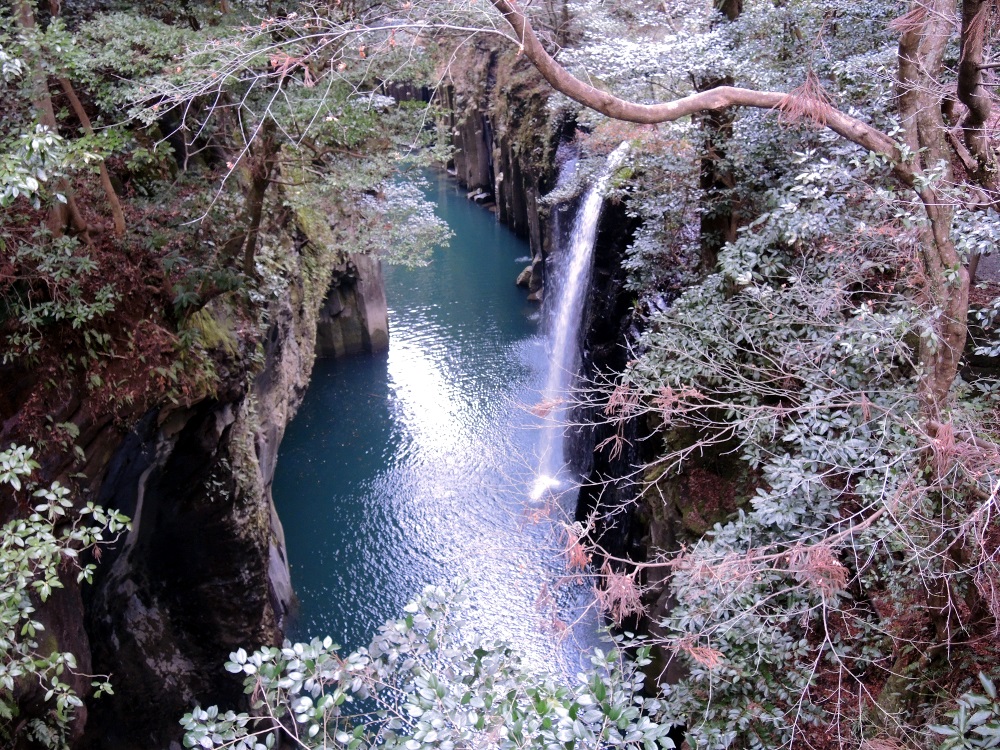
Multiple waterfalls help give Takachiho Gorge a magical air
Takachiho Gorge in Miyazaki Prefecture is one of Japan's well-known natural beauty spots. It's a river gorge located in the mountains between the resort town of Takachiho and Jinhoyu Hot Springs.
The ravine was originally created when lava from nearby Mt. Aso flowed through the area. Now it is the Gokase river which cuts through the mountain. The area is also home to several old temples, shrines, and other historical sites.
This picturesque gorge is best explored by hiring a rowboat, from which you can look up and admire the multiple waterfalls.
In keeping with the area's reputation for myth and legend, be sure to check out the atmospheric Amano Iwato Shrine (Amanoyasugawara-jinja). Located in a cave along the riverbed, it's easy to believe this is where Amaterasu, the Japanese sun goddess is said to have descended to earth.
Oita and The Seven Hells of Beppu Onsen
Oita is an area of natural beauty blessed not only with some of Japan's best onsen (natural hot springs), but also offers mud and sand bathing.
Beppu has some of Japan's finest onsen. There are over 3,000 vents throughout its eight biggest hot spring areas. They are popular tourist spots, and deservedly so, and the scenery is beautiful all year round.
Although not for bathing, the Seven Hells of Beppu are a collection of bubbling boiling mud vents ranging from blood red to cobalt blue. Get away from the crowds and see the straw huts of quiet Myōban Onsen, on the hill facing Beppu Bay.
Ibusuki - hot sand bathing in the shadow of Mt. Kaimon
Located on the southern part of the Satsuma Peninsula, a one hour train ride or drive south from Kagoshima, Ibusuki is a seaside resort famous for its hot sand bathing.
The black volcanic sand gets really hot!
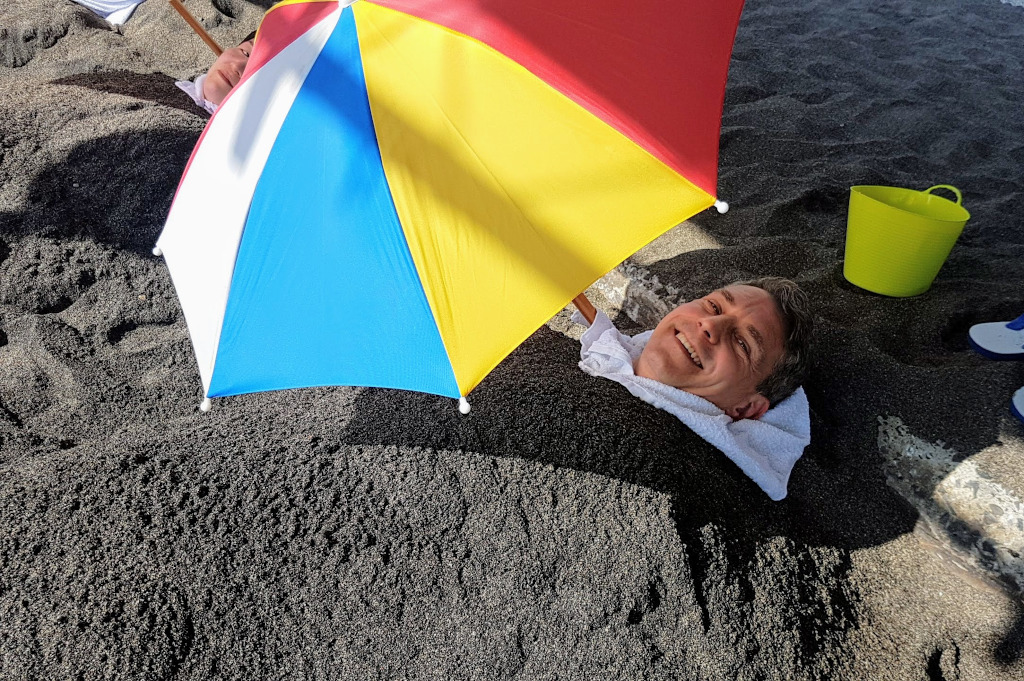
Bathing in the baking hot sands of Ibusuki
Wrapped in a cotton yukata you lie down on the sand and one of the attendants then shovels the hot sand all over you, covering your entire body. If the sun is out they thoughtfully place a little parasol in the sand to cover your head. They'll only let you bathe for 10 minutes, otherwise the risk of passing out from heat exhaustion is too much.
If you want a memorable day hiking then the almost perfectly conical (and dormant) volcano of Mt. Kaimon is 924 metres high. Clearly marked trails make the route easy to follow and the hike is not too challenging. You can make it to the peak and back in five hours without overdoing it.
Kagoshima and Sakurajima: culture, history and Japan's most active volcano
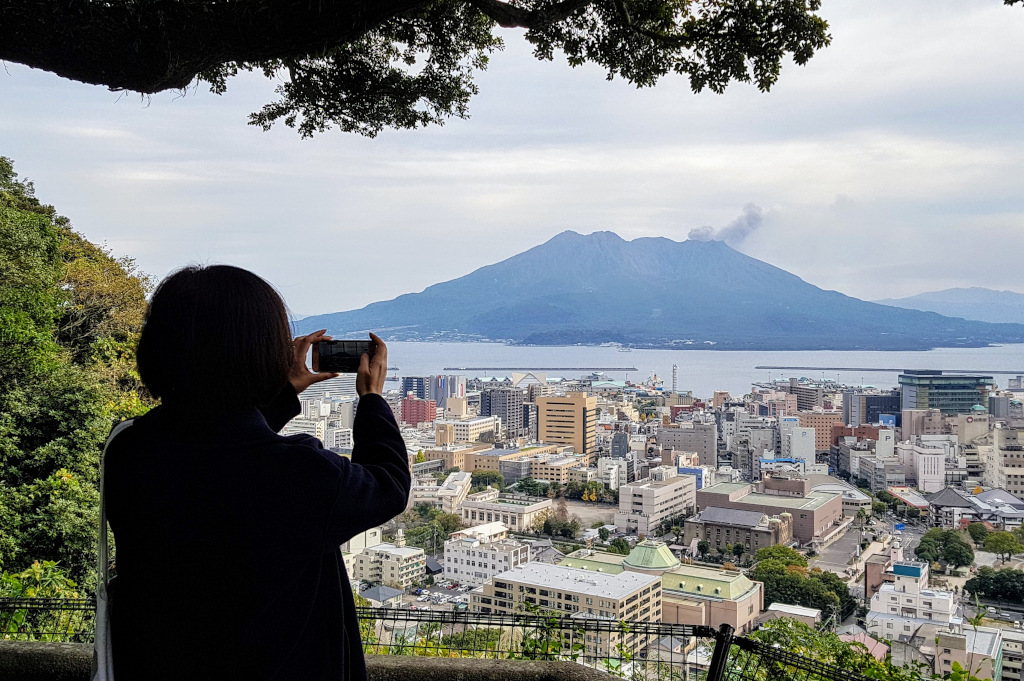
Sakurajima seen from neighbouring Kagoshima
The capital of Kagoshima prefecture, Kagoshima covers Kyushu island's southeastern coast. It is a port city that has historic and cultural sights, including old samurai houses, temples and a traditional dance festival.
Some of Kagoshima's most impressive views of the imposing Sakurajima are found in Sengan-en Gardens overlooking Kagoshima Bay.
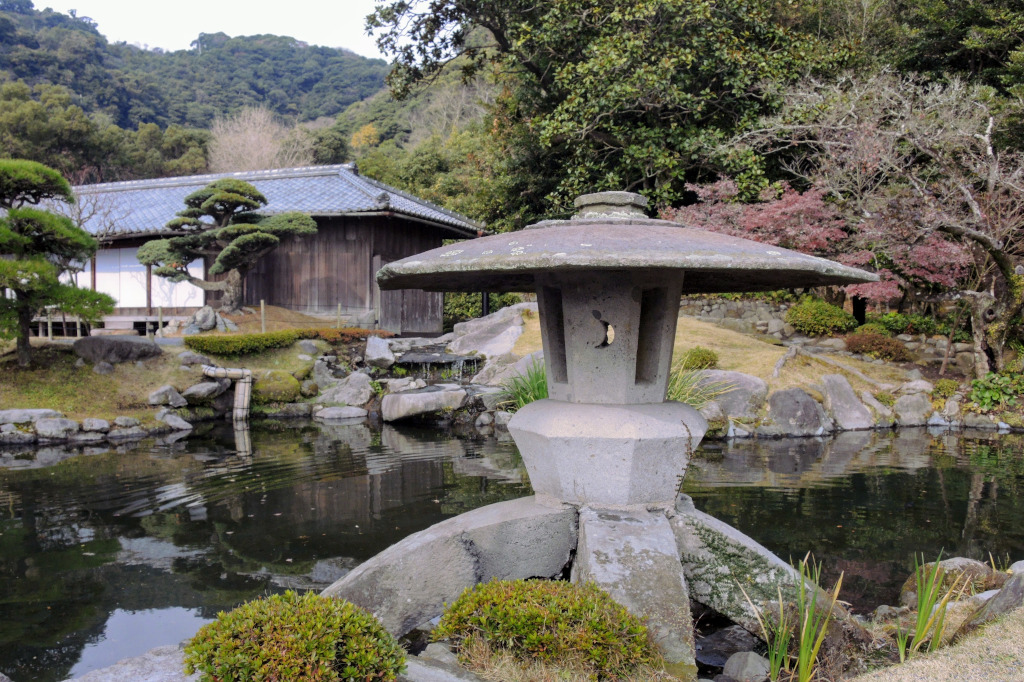
Sengan-en Gardens, Kagoshima
Look out for the Ohara Festival held on 2nd and 3rd November each year, when the downtown district is transformed into one big street party led by a kaleidoscopic parade of dancing troupes.
Access by train is straightforward as it is directly connected to the rest of Kyushu by the Kyushu Shinkansen up to Fukuoka’s Hakata station. The prefecture is also home to Kagoshima Airport, offering both domestic and international flights.
Yakushima: Jurassic Park-like ancient cedar forests
Yakushima is a volcanic island located 60km off the coast of Kagoshima, accessible by boat, plane or helicopter. It was formed from a single volcano and the island remains largely untouched and untamed even today.
Yakushima is known for its unique flora and fauna, especially its ancient cedar forest. Think immaculate sandy beaches along the coastline (home to Japan's largest turtle nesting site) and Jurassic Park-like interior covered with trees up to 7,000 years old (but, thankfully, minus the dinosaurs).
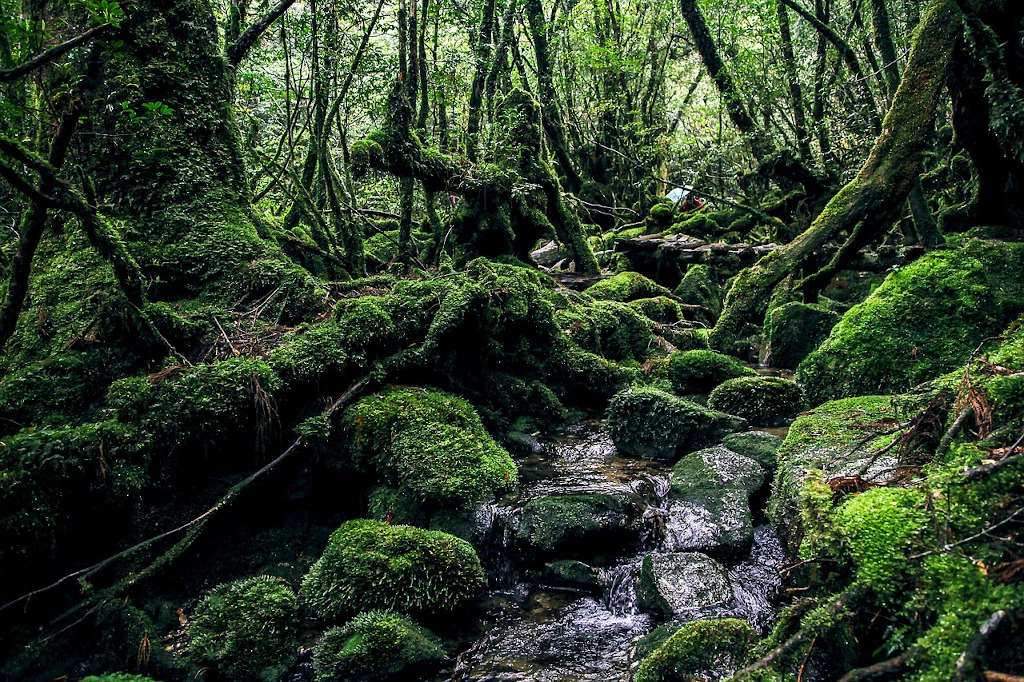
Trees in the ancient cedar forest on Yakushima Island date back 7,000 years
A UNESCO World Heritage site, Yakushima provided inspiration for two Studio Ghibli films: Princess Mononoke (1997) and Nausicaä of the Valley of the Wind (1984).
Yakushima is accessible from Kagoshima by ferry, jetfoil or by plane from Kagoshima airport.
SEE ALSO: 12 Must-Try Outdoor Activities in Japan
How To Get To Kyushu
Kyushu is readily accessible from the Japanese mainland (Honshu). It's linked to the larger island by the Kanmon Tunnels and Kanmon Bridge, meaning it's possible to travel by train, car, bicycle and even on foot (through the Kanmon Tunnel).
Kyushu is also accessible by ferry from the neighbouring island of Shikoku.
By Rail
Kyushu is connected to Japan's Shinkansen high-speed rail network, with the Kanmon Bridge linking it to the mainland. It's the southern terminus for the Tokaido/Sanyo line. The Japan Rail Pass is valid on all lines in Kyushu, excluding Mizuho. However, the JR Kyushu Pass does cover Mizuho services.
SEE ALSO: Japan Rail Pass Ultimate Guide
By Air
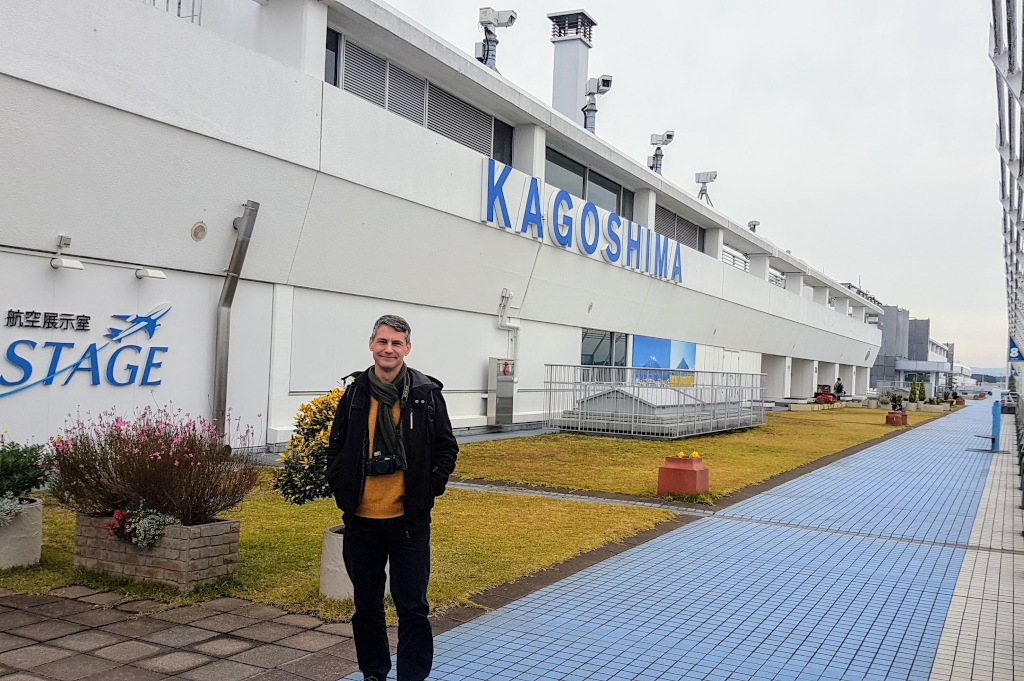
The viewing deck at Kagoshima Airport
For such a relatively compact island (13,700 sq miles/22,000 sq km), Kyushu boasts seven airports. There are direct flights from major cities including Tokyo and Osaka (2 hours or less). Fukuoka in the north, is the busiest airport, with flights from other Asian cities including Singapore, Seoul and Shanghai.
See the Airports list below for links to the English versions of all the public airports on the island.
By Car
The Kanmon Bridge connects Kyushu to the main island Honshu. There are two ways to cross Kanmon Bridge by car. You can take the expressway (taking just 4 minutes), or you can take the Kanmon National Road Tunnel (takes 5 minutes). The toll for the expressway is roughly double the tunnel, but still cheap at around 360yen for a car.
By Bus
Apart from cycling or (if you're up for it) walking, the most cost-effective way to reach Kyushu is by using the comfortable highway buses that run there. Most buses run overnight, departing from Tokyo and Osaka (and other major cities) in the evening and arriving in Fukuoka in the morning.
By Sea
Hankyu Ferry operates daily services from Shinmoji on Kyushu, to Kobe and Izumiotsu in Osaka every day. Classes run from shared tatami mat rooms right up to Royal suites.
Where to stay in Kyushu
Let's start with where most travellers arrive into Kyushu - the northern capital Fukuoka. Although its a relatively compact city, there's a good range of accommodation in Fukuoka on account of its popularity.
Fukuoka Recommendations
If it's a touch of luxury you want then look no further than the Miyako Hotel Hakata. Just looking at the incredible architecture from outside tells you this place is special.
Maybe you need something a bit more modest, but no less attractive? If so, the delightful interiors of the Lamp Light Books Hotel provide plenty of charm at a room rate around a third of those in the Miyako.
An attractive and popular 3-Star choice is the Hotel Trad Hakata. It's close to the Naka River and a few minutes walk from the tree-filled park of Sumiyoshi Jinja (Shinto shrine).
Nagasaki Recommendations
Nagasaki, another harbour city I never tire of visiting, is known throughout the world for historical reasons, but it isn't very large, so the accommodation isn't as bountiful as it is in Fukuoka. But that doesn't mean it comes up short either. There's a varied selection spanning the entire budget range.
Starting at the higher end of the scale, if you want to use your Hilton reward points then the Hilton Nagasaki is your choice. Located 400 metres from Nagasaki Station, it offers 5-star amenities including a spa and wellness centre, restaurant, and a bar.
Also not too far from the station is The Global View Nagasaki. It's 4-star interiors may be a little dated, but guests have nothing but praise for the attentive staff, and generously sized rooms when compared with most Japanese hotels. Rooms have nice views over the city, plus it's only a short tram ride to the Peace Park and to Glover House. There's a tram stop right in front of the hotel entrance.
The popular Dormy chain has a couple of hotels in the city: Dormy Inn Nagasaki Shinchichukagai (opposite Nagasaki's lively Chinatown) and the Dormy Inn Premium Nagasaki Ekimae. The latter gets higher customer ratings though and it slap-bang in the heart of the city, just a couple of minutes walk from Nagasaki Station.
Kagoshima Recommendations
In Kagoshima you're never far from the impressive island of Sakurajima and if you want views out to this still active volcano there are plenty of hotels offering views.
If you're a member of the Marriott Bonvoy loyalty program the 5-star Sheraton Kagoshima should be at the top of your list of contenders. Pay a little more for the Deluxe King Rooms for spectacular views out to the volcanic Sakurajima island. Classy, stylist and welcoming.
If you still want a bit of comfort but prefer to give your money to a local business then take a look at Kagoshima Sun Royal Hotel. It's dated interiors won't win any design awards, and yet it's one of the highest rated hotels in the city based on guest reviews. Maybe its killer feature - a rooftop onsen with views out to Sakurajima - has something to do with that!
If you want accommodation that you can use as a base to explore the city and allows you to prepare your own meals and do washing, check out the centrally-located Grand Base Kagoshima Chuo aparthotel. Each unit comes with a fully equipped kitchenette with a microwave, a seating area, a flat-screen TV, a washing machine, free WiFi, and a private bathroom with hot tub and slippers.
Kyushu Destinations (Featured Posts)
Selected posts about destinations in Kyushu:
5 Days in Kyushu - An Itinerary
6 Great Spots to See Spectacular Autumn Leaves in Japan
12 Must-Try Outdoor Activities in Japan
How To Ride The Nagasaki Electric Tramway
Why You Need To Go Beyond Tokyo
Kyushu YouTube Video Playlist
You can view my YouTube video playlist dedicated to Kyushu HERE.
Kyushu Travel Planning
If you want help planning your visit to Kyushu, I have a number of travel planning services, along with a range of Japan travel guides, books and maps available in The Real Japan Travel Store.
If you found this guide helpful, please help spread the word by sharing this photo:
Things To Do In Kyushu
Resources
Official Tourism Websites
Visit Kyushu
Japan National Tourism Organisation (JNTO) Kyushu Guide
Kyushu Airports
Fukuoka Airport (FUK)
Kagoshma Airport (KOJ)
Kitakyushu Airport (KKJ)
Aso Kumamoto Airport (KMJ)
Miyazaki Bougainvillea Airport (KMI)
Nagasaki Airport (NGS)
Oita Airport (OIT)
Saga Airport (HSG)
The Best Time To Visit Japan
The Best Time To Visit Japan - All You Need To Know

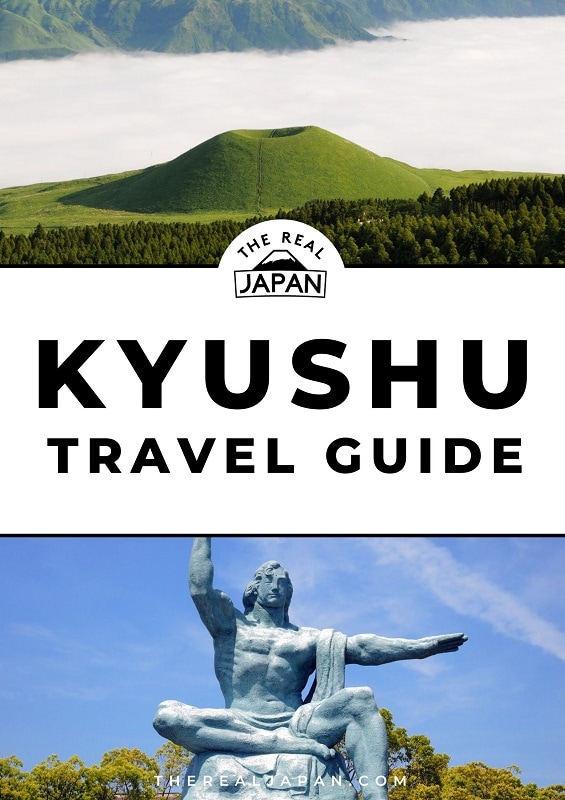
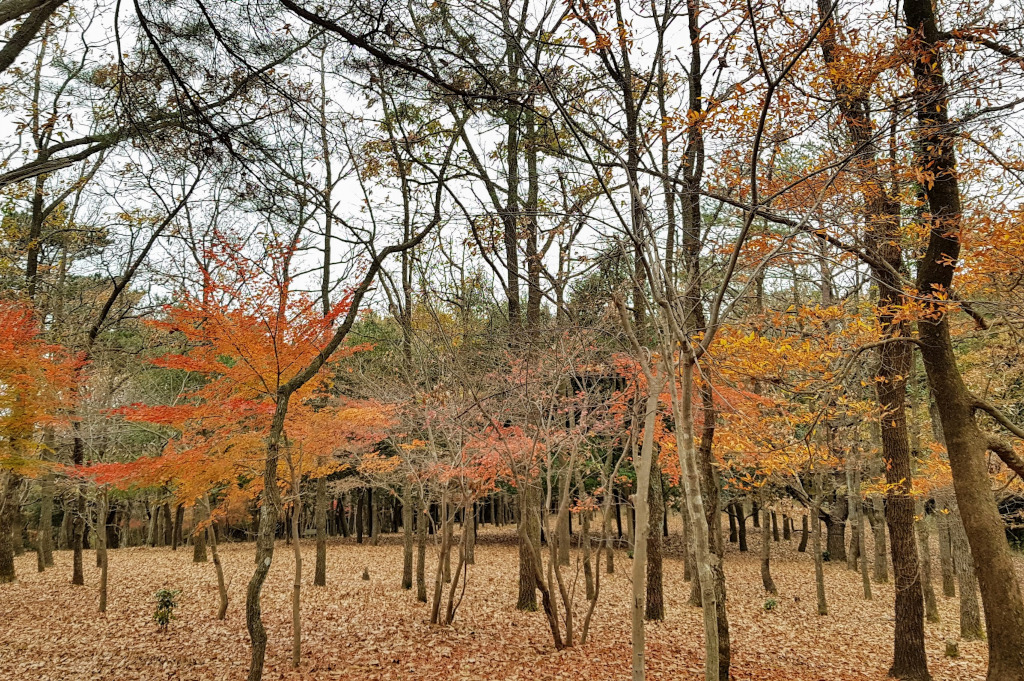
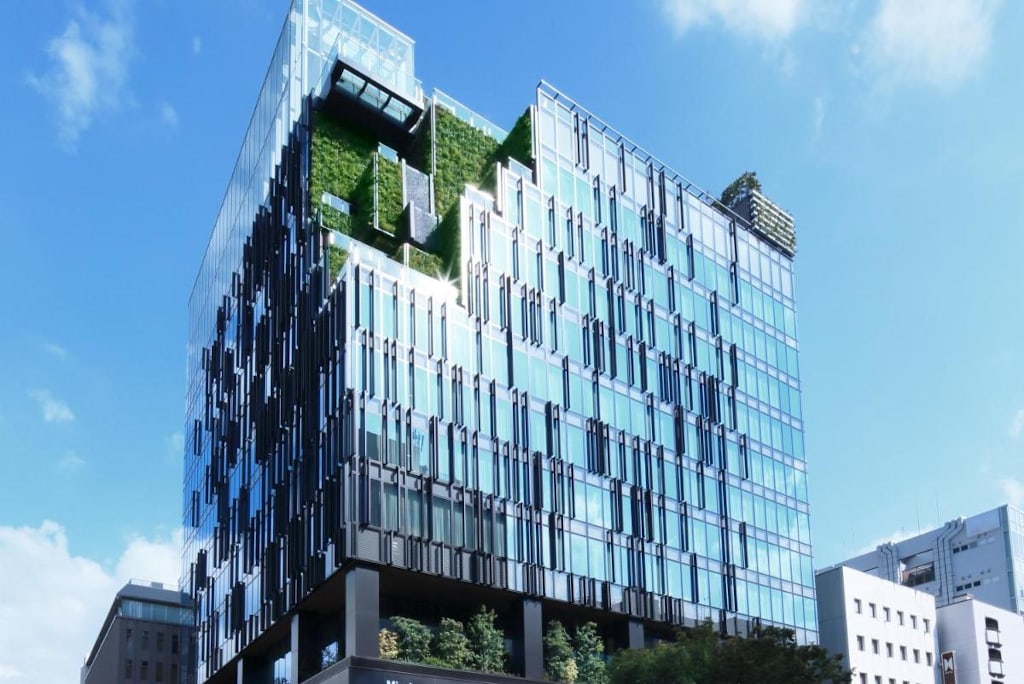

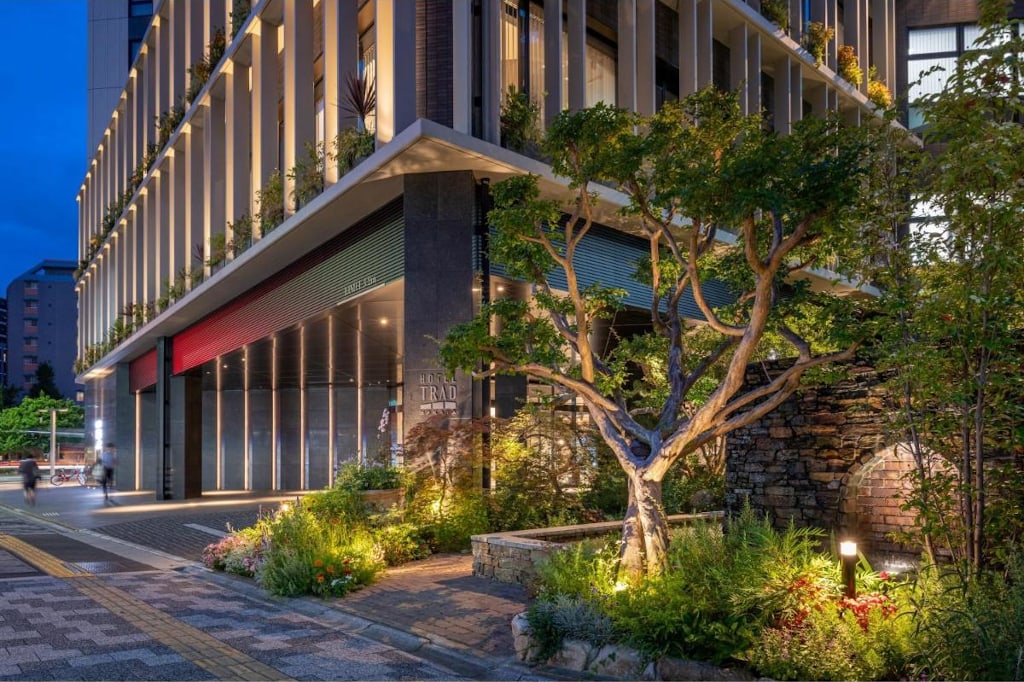
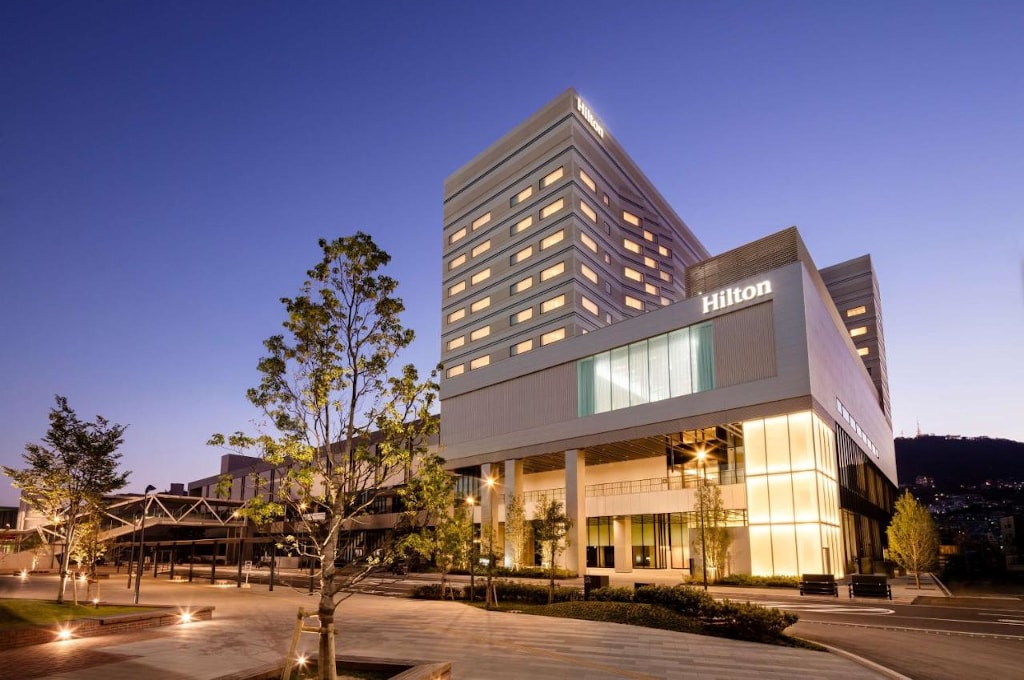
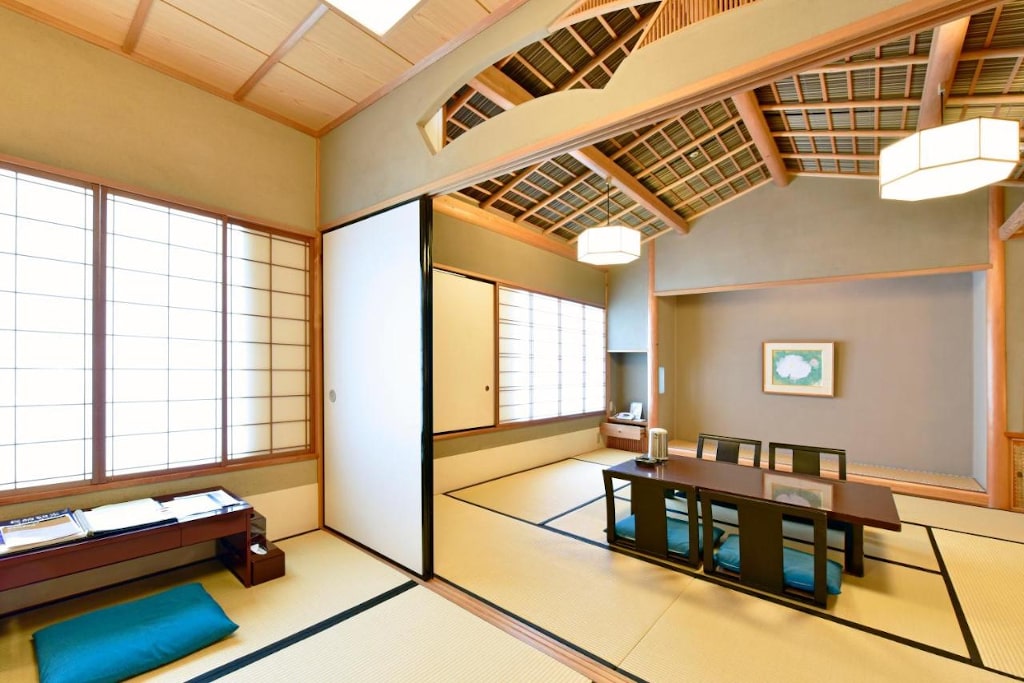
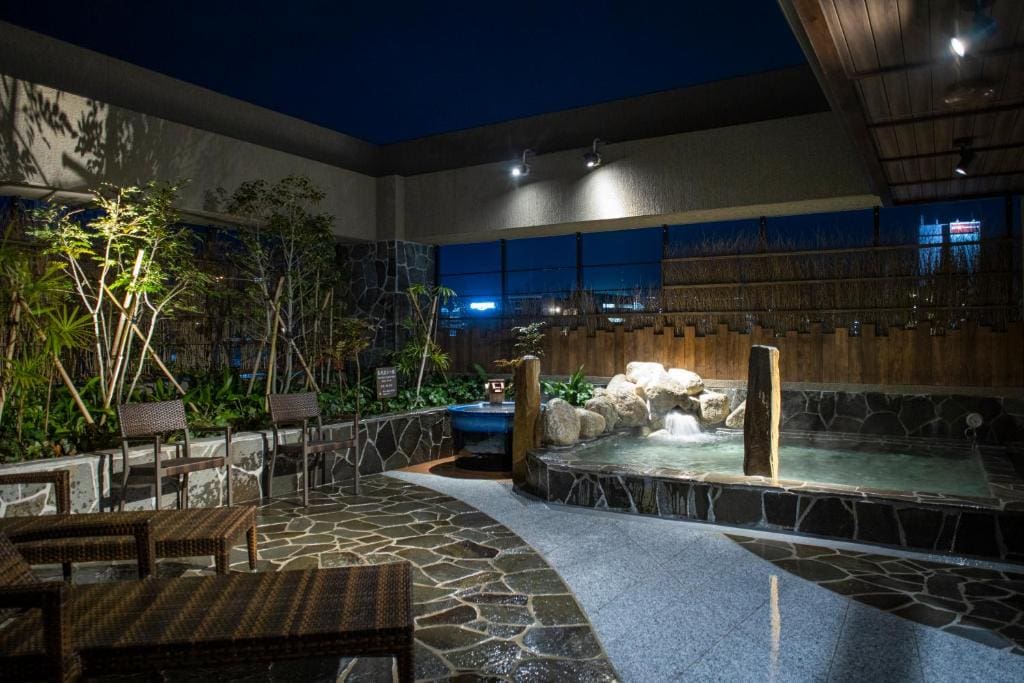
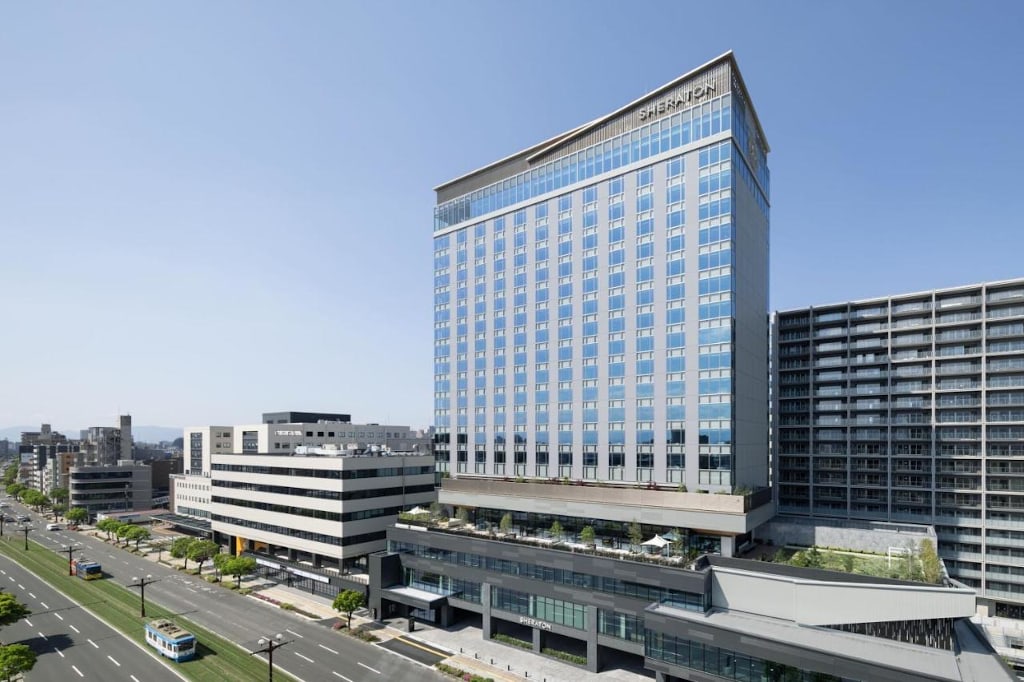
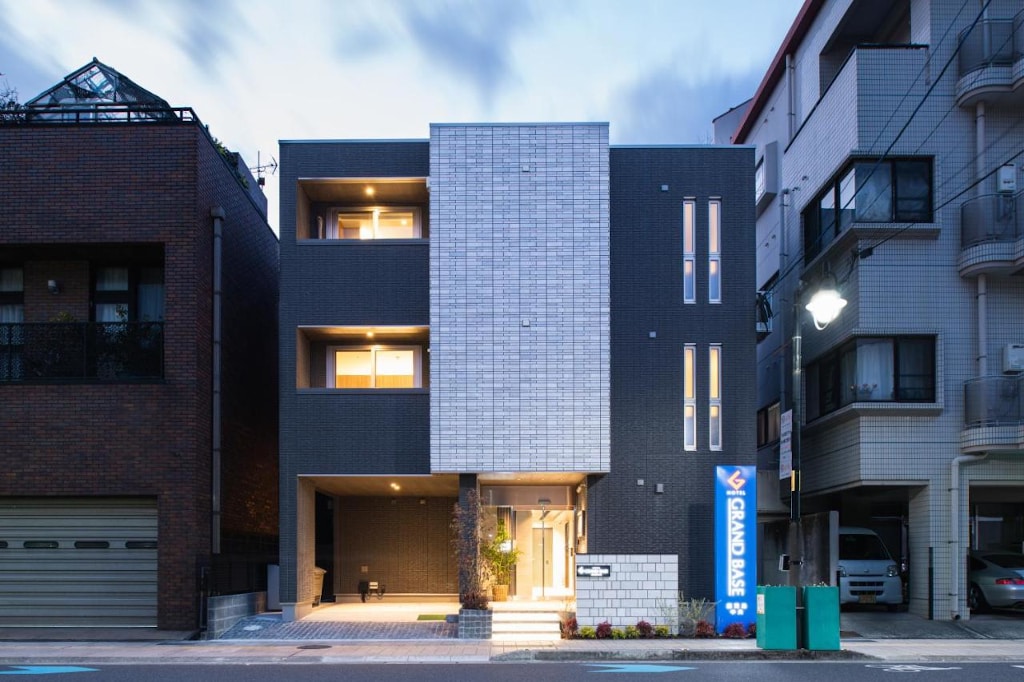
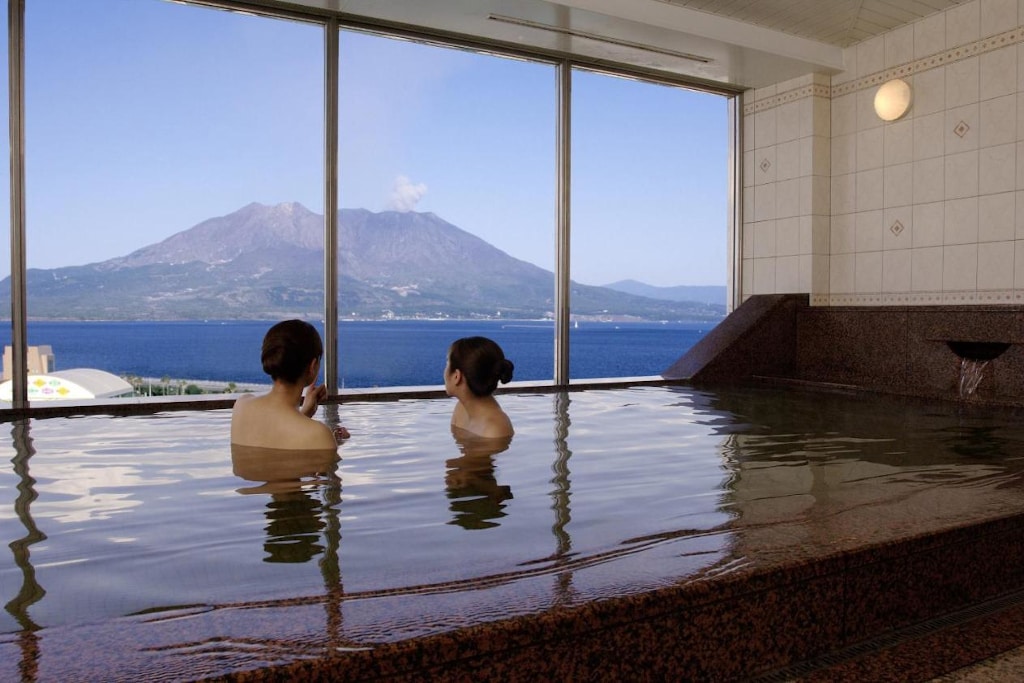
Hi Rob,
What a beautiful place and fabulous guide. I would love it for the hiking. Those rugged interiors definitely work for me.
Ryan
Thanks Ryan. The interior is well worth exploring. Some magnificent landscapes and forests. I think you would love hiking through it indeed!
Kyushu is now on my bucket list. Thanks.
That’s great to hear Bron! Glad to have been of service!
Thank you for the information. Nagasaki is my favorite city on Kyushu as well. In fact it might be my favorite city in all of Japan. Slow paced and very easy and enjoyable to get around. I lived there for about 3 months 45 years ago and it hasn’t changed much. Some of the trams that were very old then are still in operation today. I am glad you highlighted this city. The night view is well worth the visit alone. The fall festival in October (I think) is worth planning around if in Kyushu around that time. I would highly recommend employing Rob to help plan to get the most out of your visit. Also it would be of benefit to read up on the fascinating history of Nagasaki if going to this fascinating city.
Thanks for sharing your thoughts and experiences of Nagasaki Brek. Interesting to hear that you feel it hasn’t much changed since you lived there 45 years ago.
Nice to hear of another fan of the city. I can understand it possibly being your favourite. It certainly has a lot of character about it.